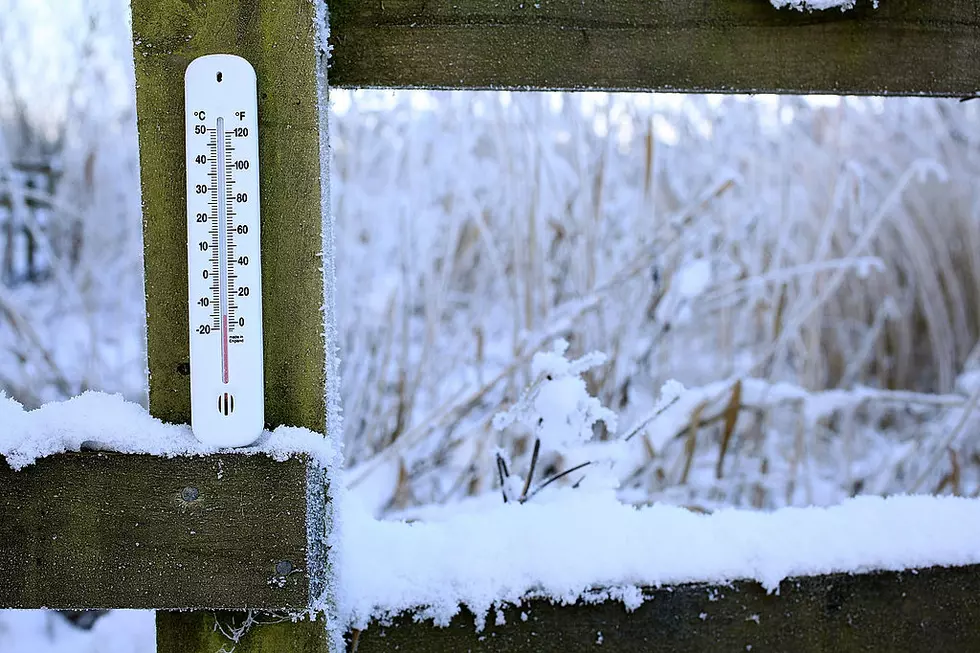
How Do CNYers Get Duped Into Thinking 30 Degrees is Mild Weather?
"It's supposed to be 30 degrees today, it's nice out." What happened to Central New Yorkers? How did we come to believe that 30-degree weather is "nice"?
The total opposite happens at the end of the summer. The same 30 or 40 degrees that felt great in January, suddenly becomes an arctic freeze - and we're pulling sweaters out of storage and complaining about the cold.
What's going on here? Has the extreme cold and endless winter finally caused us to lose our collective mind? How can the same temperature feel totally different depending on the month?
It turns out, there's a scientific explanation for this. It's called acclimation. Blame it on your brain.
According to Laure Rittié, Ph.D., a research assistant professor of dermatology at the University of Michigan, as explained to Michigan Health, human body temperature needs to stay within a very narrow range. The primary method for controlling body temperature - for cooling the body - is perspiration. Our bodies are 'smart' enough to realize that sweating in the winter is actually detrimental while sweating in the summer is crucial. “When you’re exposed to a lot of heat outside, basically there’s an adaption going on that your body will get used to and lower the threshold at which you start to cool off," says Dr. Rittié.
In other words, our bodies adjust to the season - so when that first 30-degree day hits after a winter of negative temps, it seems warm. The opposite happens in the summer.
So we're not crazy after all. In fact, you could argue that we're even better "adjusted" than people that live in more temperate climates.
BONUS VIDEO:
More From Lite 98.7









